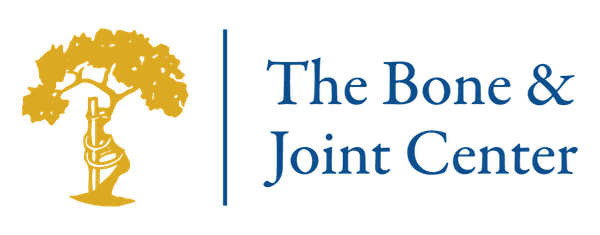Shoulder Impingement Syndrome - Shoulder Tendonitis
Click on the white PLAY button below to start video.
Shoulder impingement syndrome is a painful condition in the shoulder. It occurs when the tendons in the shoulder are irritated, inflamed or degenerated from repetitive overhead motions or structural abnormalities in the shoulder. Shoulder impingement syndrome is treated with activity modification, medication, and therapy. When non-surgical options fail, surgical treatment may be used to relieve symptoms and restore function.
Read more about Shoulder Impingement Syndrome - Shoulder Tendonitis
Introduction
Shoulder impingement syndrome is a painful condition in the shoulder. It occurs when the tendons in the shoulder are irritated, inflamed or degenerated from repetitive overhead motions or structural abnormalities in the shoulder. Shoulder impingement syndrome is treated with activity modification, medication, and therapy. When non-surgical options fail, surgical treatment may be used to relieve symptoms and restore function.

Anatomy
Causes
Symptoms
Diagnosis
Treatment
Surgery
During an open surgical repair, the surgeon makes a three or four inch incision over the shoulder to access the joint. Arthroscopic surgery is a less invasive surgical procedure. It uses an arthroscope and narrow surgical instruments that are inserted through small incisions. An arthroscope contains a lens and lighting system that allow a surgeon to view inside of a joint. The arthroscope is attached to a miniature camera. The camera allows the surgeon to view the magnified images on a video screen or take photographs and record videotape.
With arthroscopic technology, your surgeon will not need to open up your joint fully. The arthroscope can be used to remove bone spurs and excess bone. It can also be used to repair torn tissues.
Recovery

Copyright © - iHealthSpot Interactive - www.iHealthSpot.com
This information is intended for educational and informational purposes only. It should not be used in place of an individual consultation or examination or replace the advice of your health care professional and should not be relied upon to determine diagnosis or course of treatment.
The iHealthSpot patient education library was written collaboratively by the iHealthSpot editorial team which includes Senior Medical Authors Dr. Mary Car-Blanchard, OTD/OTR/L and Valerie K. Clark, and the following editorial advisors: Steve Meadows, MD, Ernie F. Soto, DDS, Ronald J. Glatzer, MD, Jonathan Rosenberg, MD, Christopher M. Nolte, MD, David Applebaum, MD, Jonathan M. Tarrash, MD, and Paula Soto, RN/BSN. This content complies with the HONcode standard for trustworthy health information. The library commenced development on September 1, 2005 with the latest update/addition on February 16, 2022. For information on iHealthSpot’s other services including medical website design, visit www.iHealthSpot.com.

